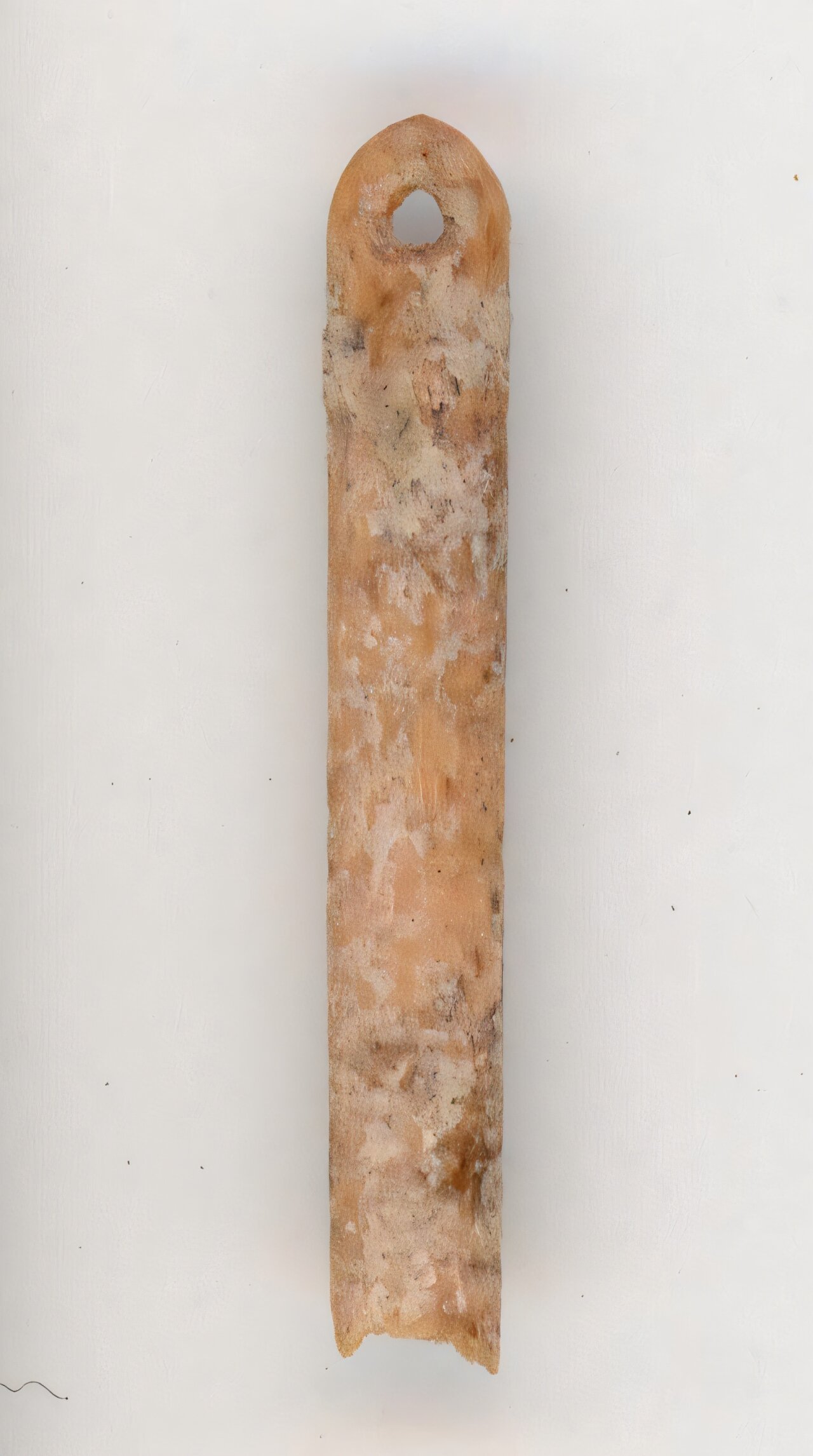Nearly 13,000 years ago, long before the Pilgrims arrived, mammoth hunters in North America were crafting eyed bone needles from the skeletal remains of foxes, rabbits, and perhaps even an extinct predator. Archaeologists say the discovery is the first of its kind in identifying the species used for these tools, offering a deeper understanding of the life and culture of the region’s early inhabitants, about whom surprisingly little is known.
The newly discovered artifacts were unearthed at the LaPrele Mammoth site in Wyoming’s Converse County by archeologists from the University of Wyoming. Earlier this year the same team revealed the oldest known bead in the Americas, made of hare bone, at the same site. Now, “Our study is the first to identify the species and likely elements from which Paleoindians produced eyed bone needles,” the researchers write in their new paper.
The team collected 32 needle fragments and analyzed their composition of amino acids to see what animal bones they were carved from. This revealed various species, including red foxes, hares or rabbits, bobcats, mountain lions, lynx, and an extinct species of American cheetah (Miracinonyx trumani).
An eyed needle made from the bone of a red fox found at the LaPrele Mammoth archaeological site in Wyoming’s Converse County.
Image Credit: Todd Surovell
The presence of chipped stone artifacts and the bones of a Columbian mammoth (Mammuthus columbi) indicate the LaPrele site was likely a base used for mammoth hunting, making it one of the only mammoth butchery sites in North America. The mammoth was killed, or perhaps scavenged, for food – and what a meal the 10,000-kilogram (22,000-pound) beast must have been.
The researchers on the latest project speculate that the animals used to make bone needles were not primarily hunted for their meat, but for their fur and bones.
“Our results are a good reminder that foragers use animal products for a wide range of purposes other than subsistence, and that the mere presence of animal bones in an archaeological site need not be indicative of diet,” the researchers write in their paper.
The bone needles provide some hints of how prehistoric Americans fashioned clothes. Since textiles break down quickly and are rarely preserved in the archaeological record, we know very little about the clothing of prehistoric peoples. The researchers say the bone relics are evidence of “pelts sewn into complex garments”.
The LaPrele site was used by humans during the Younger Dryas, a period around 12,900 to 11,700 years ago that was marked by a sudden cooling in the Northern Hemisphere. Clearly, chunky fur coats were a must-have to endure the harsh drop in temperatures.
“Such garments might have looked comparable to those of the Inuit, who sewed furbearer pelts into the fringes of parkas whose base material was typically comprised of ungulate hide and used them for hats and mittens. The cold conditions of the North American Younger Dryas in northerly latitudes likely inspired a greater reliance on such garments, and the sparse Early Paleoindian archaeological record suggests a relative abundance of bone needles and furbearers in Younger Dryas-aged sites relative to periods before and after,” the study authors added.
The new study was published in the journal PLOS ONE.
Source Link: 13,000-Year-Old Animal Bone Needles Unearthed At Mammoth Hunting Base In Wyoming
